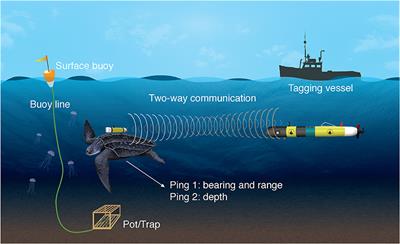EDITORIAL
Published on 19 Nov 2019
Editorial: Integrating Emerging Technologies Into Marine Megafauna Conservation Management
doi 10.3389/fmars.2019.00693
- 3,140 views
- 5 citations
38k
Total downloads
269k
Total views and downloads
You will be redirected to our submission process.
EDITORIAL
Published on 19 Nov 2019
ORIGINAL RESEARCH
Published on 27 Feb 2019

REVIEW
Published on 25 Sep 2018

ORIGINAL RESEARCH
Published on 12 Sep 2018

ORIGINAL RESEARCH
Published on 08 Aug 2018

PERSPECTIVE
Published on 26 Jun 2018

ORIGINAL RESEARCH
Published on 25 Jun 2018

ORIGINAL RESEARCH
Published on 16 May 2018

ORIGINAL RESEARCH
Published on 15 May 2018

ORIGINAL RESEARCH
Published on 19 Apr 2018

METHODS
Published on 20 Mar 2018

ORIGINAL RESEARCH
Published on 08 Feb 2018

